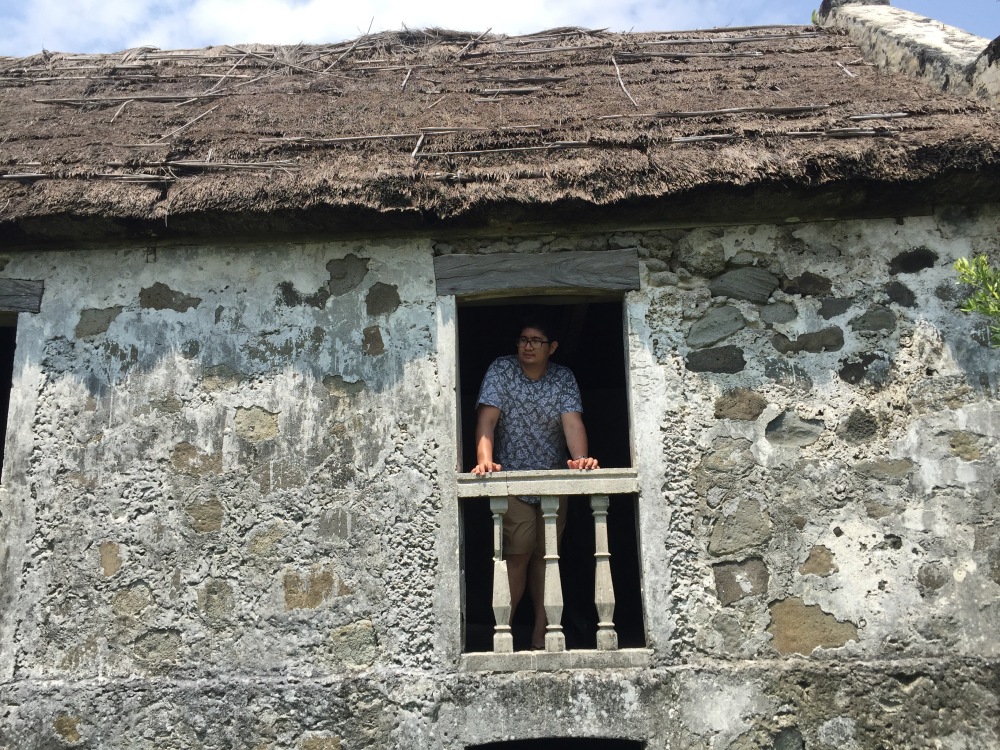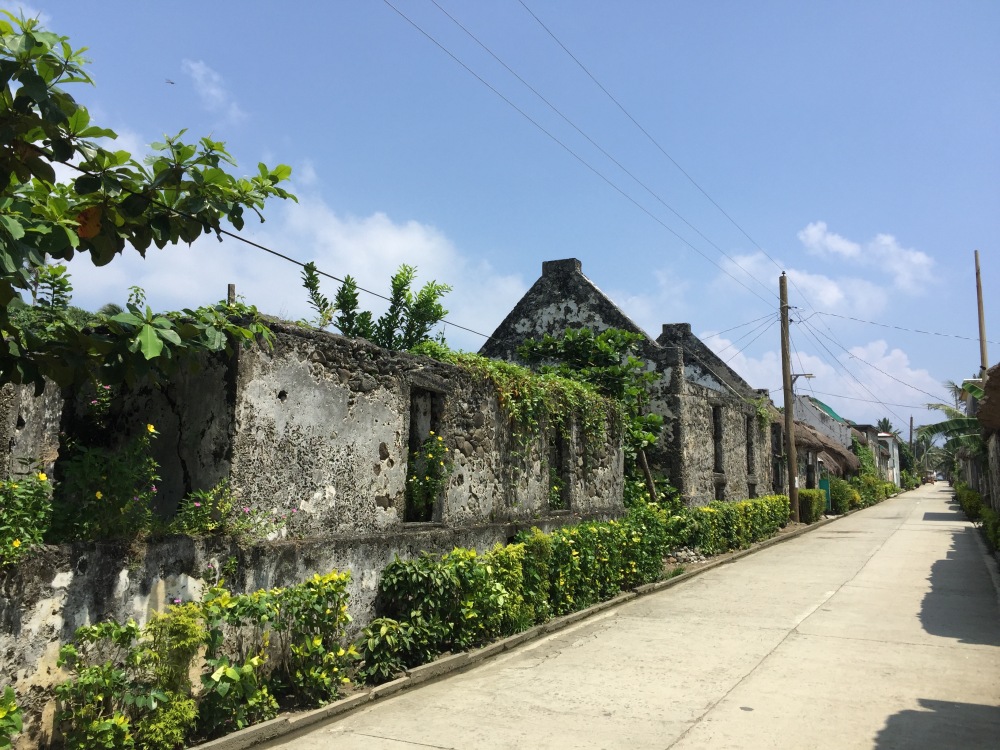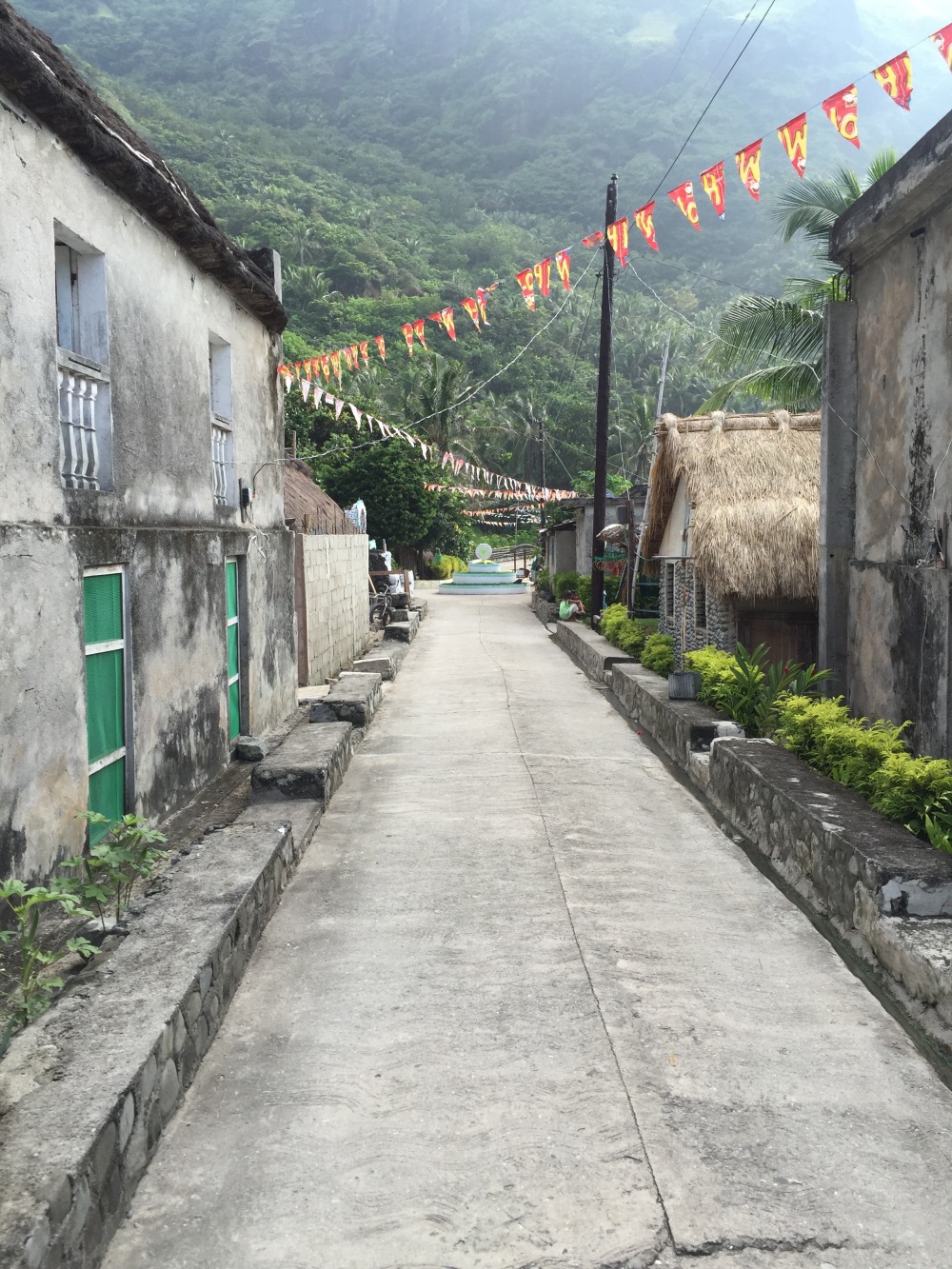The Batanes Group of Islands (or the Archipelagic Province of Batanes) is the northernmost region of the Philippine archipelago. Composed of three major islands: Batan, Sabtang and Itbayat; these islands have been inhabited for 4,000 years and are believed to be homes of the ancestors of the Austronesian-speaking peoples in the Pacific and Indian Oceans. The islands are surrounded by the Bashi and Balintang Channels. These big bodies of water are fishing grounds of the Ivatans, the indigenous people of the archipelagic province; hence, the main source of livelihood and food of the community come from the sea.


Another source of livelihood for the Ivatans is farming. Uvi (yam) is one of the oldest crops and is a staple food in the islands. Recently, other vegetables such as carrots, onions, and garlic as well as coconut trees are planted in the farmlands. Unlike fishing where only the men are actively involved, farming is done by both men and women. Several families own several domesticated and farm animals such as cows, goats, and pig. Some of the women in Barangay Chavayan in Sabtang Island earn by weaving the vakul, a traditional headgear of the Ivatans commonly used as protection from the rain, wind and the heat of the sun. The vakul has also become a favorite souvenir of tourists.

The islands are gifted with a picturesque landscape of mountains and vast seas. As stated in the submitted file to the UNESCO’s tentative list of World Heritage Sites, the provincial archipelago is “characterized by a complex of terrestrial, wetland and marine ecosystem.” To date, the Philippine government has inscribed the archipelago as a protected landscape and seascape, for being one of the few remaining locations in the Philippines having peculiar natural geographic and physiographic features such as wave-cut cliffs, cave-like outcrops, and secluded white sand beaches. This northernmost province of the country is also cited in many heritage discussions as the only area in the Philippines where traditional architecture of stone in response to the wind and monsoon stresses rather than of the more typical, tropical, permanent materials (wood, bamboo, thatch) commonly used in village architecture. Probably because of its isolation from the main island of Luzon, traditional culture of the Ivatan people has remained intact.


Located southwest of Batan, the main island of Batanes, Sabtang (Sabtang Island) is a sixth class municipality and has a population of approximately 2,000 individuals. Of its six barangays, Chavayan is the smallest both in terms of land mass and population. Nevertheless, the barangay prides for being home of the finest vakul and talugong (the male counterpart of the vakul) weavers. The small barangay is also one of the few places in the entire Batanes province where traditional bahay na bato (stone house) with cogon roofing are well preserved. Chavayan is also home to the only kapilya (chapel) in the entire province of Batanes where the roof is covered with traditional cogon. It is in this kapilya where San Rosa de Lima, the barangay’s patroness resides.



Chavayan celebrates its “barangay day” every 23 August. The celebration is not a political affair per se but a religious one, being the feast day of Santa Rosa de Lima. Also known for its bountiful produce of root crops such as gabi (yam) and camote (sweet potato), the Ivatan of this small barangay commonly starts preparing the handa (banquet) using these root crops as main ingredients of their food. However, what is fascinating during this preparation period, particularly on the eve of the fiesta, townsfolk prepare what they call kaininang bayan (meal for everyone). For the 2016 town fiesta, the chair of the fiesta committee is also the municipal vice mayor. As a tradition, the chair takes charge of the roasted pig and roasted cow for the kainang bayan. Late in the afternoon of the 22nd, the chair ritualistically butchers the pig and the cow. Carefully slitting the necks of both animals and let the blood of both animals drip on the ground, the townsfolk believe that such way of butchering makes the meat of the pig and the cow tastier and more tender. Blood dripping is performed as the folks believe that the blood from the pig and the cow will make the land fertile.
After draining the animals, the innards of both the pig and the cow are removed. This is then followed by a ceremonial roasting, where most male members contribute some leaves, spices, and twigs from their own backyards. Some male members go inside the forested area of the barangay to get root crops, which are inserted as the stuffing of both animals. Some of the spices taken from the forest include gabi, camote, puso ng saging (banana blossom) and dilaw na luya (turmeric). These are mixed with special leaves and other spices, which are all contributory to the tasty flavor of the meat.




It should be noted that the kainang bayan is not a sole responsibility of the chair. Town members help the chair by contributing a half-kilo meat (either pork or beef) as supplemental to the meals to be cooked for all visitors. According to a local I chatted during my stay in Chavayan, Ivatans from the two other islands of Batanes usually join the Chavayanens to celebrate the fiesta. And in many instances, the small barangay is also preparing meals for tourists.
What is interesting in the preparation of the kainang bayan is that the main entrance of the village is packed with eager Chavayanens as they prepare the meals for everyone. Led by the chair, the designated food committee members help in cooking local favorites such as the luñes (local adobo), vuñes (minced pork, beef, and fish mixed with gabi and puso ng saging), and a sour and savory beef soup, which as the locals call bulalong Ivatan.
This post is the first of two parts. To read the second and final part, please click here.

Wow! Amazing!
Great Blog post!
Follow My Blog Please! athena909180359.wordpress.com
LikeLike